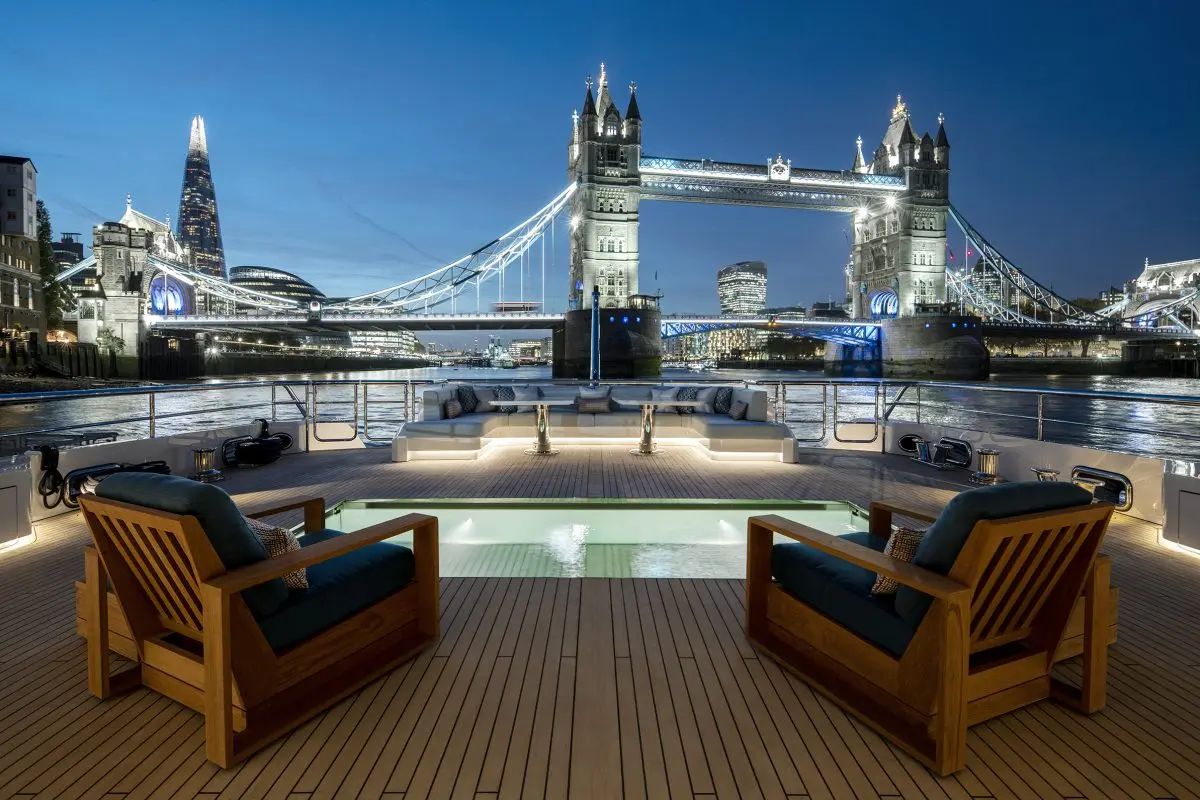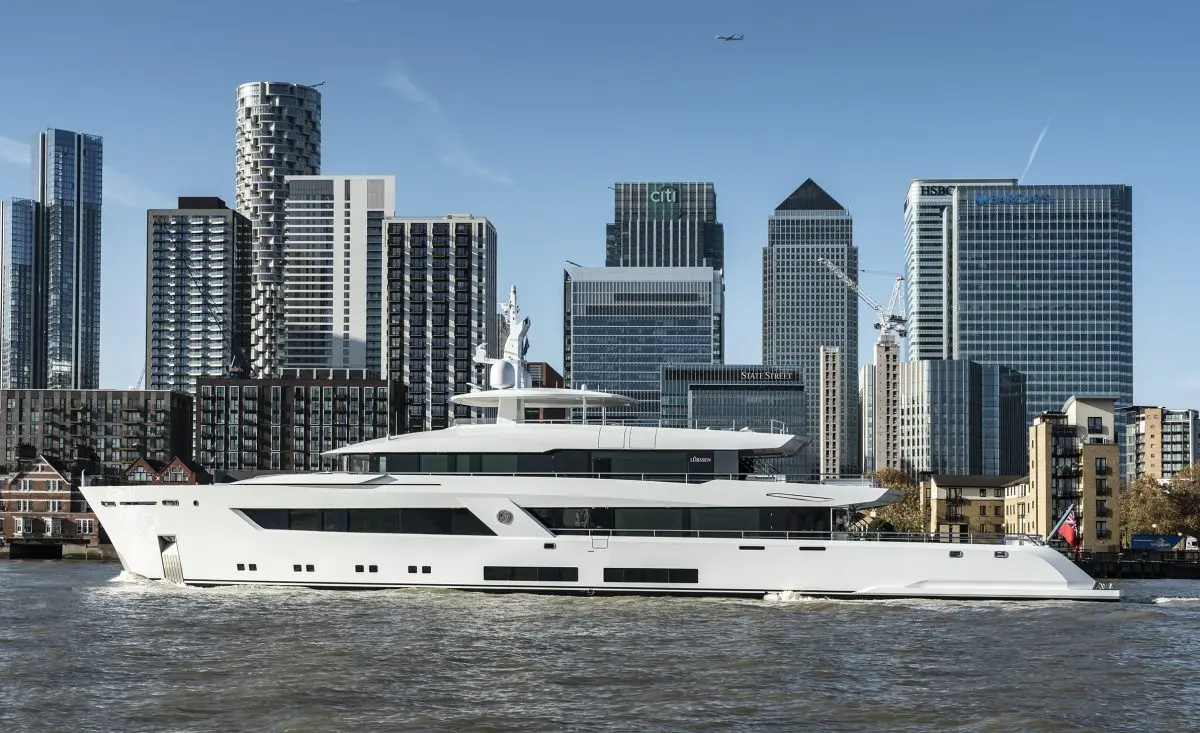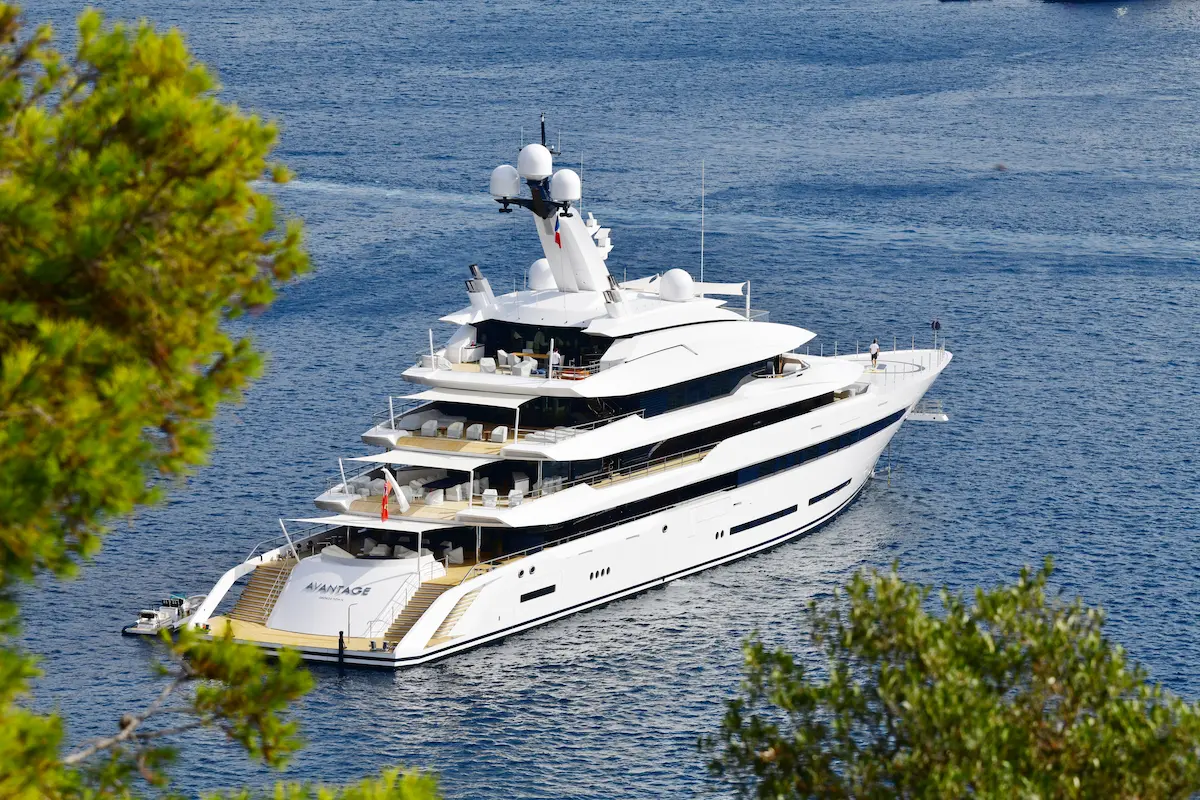Yacht Designers Bannenberg & Rowell Embrace History and the Future
Super yachts, and yachts in general, are quite a bit out of our league. Still, it is really interesting to understand more about what goes into the design thinking for these truly amazing vessels. Yacht designers Dickie & Simon discuss the process.
This article originally appeared on Denison Yachting.
Dickie Bannenberg’s father, Jon Bannenberg, literally invented the superyacht design industry.
Dickie Bannenberg may be the leader of a design firm that’s created yachts for some of the world’s most demanding clients. And his father, Jon Bannenberg, literally invented the entire superyacht design industry back in the 1960s. But as I learned during a recent chat with him and Bannenberg & Rowell‘s creative director Simon Rowell, they combine authentic respect for the past with razor-sharp design chops and a joyful embrace of new technology. That appears to be exactly what some 21st-century superyacht owners are looking for.

“My dad was the founder of what we now call the superyacht design industry,” Dickie says with a smile and without a hint of arrogance.
“Until his arrival in the 1960s, yacht design had been three very separate disciplines. Naval architecture and exterior design were always done by engineer types, and the interior design was always a bit of an afterthought.”

“His genius was bringing all those disciplines together,” Dickie continues. “He’s known for his iconic yacht designs, but he could design anything, from residential stuff, jewelry, cars, logos, anything. He was the complete designer. That’s the legacy we work so hard to uphold and do our best to follow.”
Dickie is quick to draw attention to his father’s work. But he also lights up when we talk about some of the projects he and Simon have worked on during the last 20 years of the “Bannenberg & Rowell” era.
“One of our earliest projects was the rebuild of a classic yacht called BLUEBIRD owned by Tara Getty, the son of Sir Paul Getty,” he says. And since he’d also worked on the elder Getty’s yacht with his dad earlier in his career, having the son of the designer do a boat for the son of a previous client made for a very cool story.

Meanwhile, the recently launched, 182-foot-long MOON SAND was inspired by a famous Jon Bannenberg design that was launched in 1973. “The initial concept was influenced by our studies based on the classic yacht CARINTHIA VI.”

Other Bannenberg & Rowell designs, like the exterior lines of the 285-foot-long ADVANTAGEbuilt by Lürssen and the interior of the new 182-foot MOSKITO built by Heesen, are elegantly modern. In fact, MOSKITO’s owners trusted Bannenberg & Rowell to select all the art, books, and accessories for the interior as well.

At first glance, Bannenberg & Rowell’s traditional yacht design pedigree may not seem to fit with the recent launch of their limited edition NFT collection. But it makes perfect sense when Dickie explains how they work to honor Bannenberg’s history while always being curious and excited by new design ideas.

“It’s baby steps actually,” Dickie says about their NFT collection. “We’ve been quite cautious because there was a lot of froth about all things NFT. But actually, from a design point of view, I think it’s pretty exciting. We’re designers. We imagine, we visualize, and we communicate. And NFTs are a new way to do all that.”
Simon Rowell adds, “I think there’s an interesting opportunity with NFTs and the metaverse in general. These environments allow us to explore other realities with our clients. And since every element of the Metaverse is a designed environment, being able to realistically show people what our yacht design might look and feel like in exciting new ways (without having to wait five years for it to be built) is pretty interesting.”
“But this was just a toe in the water for us really,” Simon continues. “We just wanted to ‘engage with that community,’ to use a contemporary term, see what the reaction would be, and have a bit of fun. Our first NFTs are not too complex. And I think the Cloud Yacht guys have got the right approach. They’re adding value. They’re crossing over into real-world experiences and forming clubs…Why not? I think it’s all good fun.”
He’s right! Pondering the future of yachts and yacht design is fun. And no one is having more fun than yacht designers Dickie Bannenberg and Simon Rowell.

The post Yacht Designers Bannenberg & Rowell Embrace History and the Future appeared first on PartsVu Xchange.
